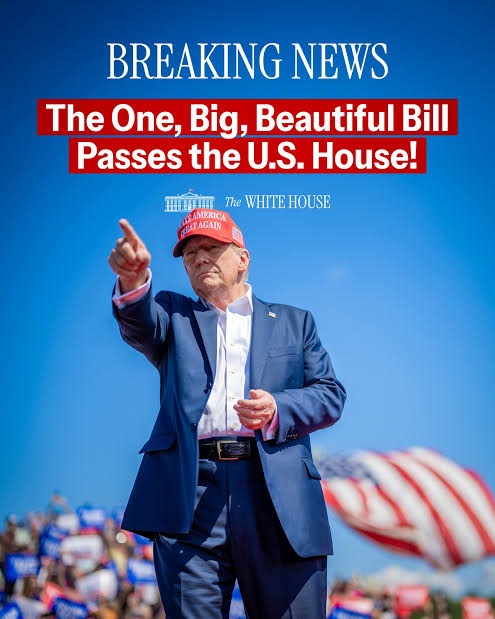NEW YORK (AP) — Enthusiastic crowds flocked to boats heading for iconic landmarks such as the Statue of Liberty, as the government shutdown unfolds without immediate signs of impact on these major attractions. However, visitors in Philadelphia found access to the Liberty Bell blocked, sparking frustrations as they could catch only glimpses from outside its glass pavilion.
The National Park Service released a contingency plan indicating that while park roads, trails, and outdoor memorials could remain accessible, reduced staffing means that some areas lacking adequate resources may be closed. Any sites that suffer damage or see a rising tide of refuse due to staff shortages face potential closure as well.
Despite the plan, many essential questions linger among park visitors — such as whether camping permits in areas like Chaco Culture National Historical Park will be honored or if popular sites like Rocky Mountain National Park will be open. These inquiries surged across park service social media platforms on Wednesday.
The furlough will affect nearly 9,300 employees, leading to diminished services that ensure visitor safety and resource protection. Consequently, major parks like Mississippi's Vicksburg National Military Park have shut down as negotiations over a potential nonprofit-supported reopening continue.
In stark contrast, some of America's national treasures, such as Yellowstone and Grand Canyon, remain open, yet limited personnel raises concerns about resource management. Historical precedents highlight the dangers of opened parks during similar shutdowns, leading to vandalism and environmental harm. A group of former National Park Service superintendents is pushing for complete closures to mitigate the risks posed by reduced oversight.
With millions of visitors turned away during past shutdowns, the economic repercussions could be severe for surrounding communities dependent on tourism. State governments previously recognized this and have infused funds into national parks during financial settings, yet not all states are prepared to undertake such measures this time.
As discussions continue around the sustainability of park operations in the wake of furloughs, the future remains uncertain for both national parks and the communities that rely on them for economic activity.




















